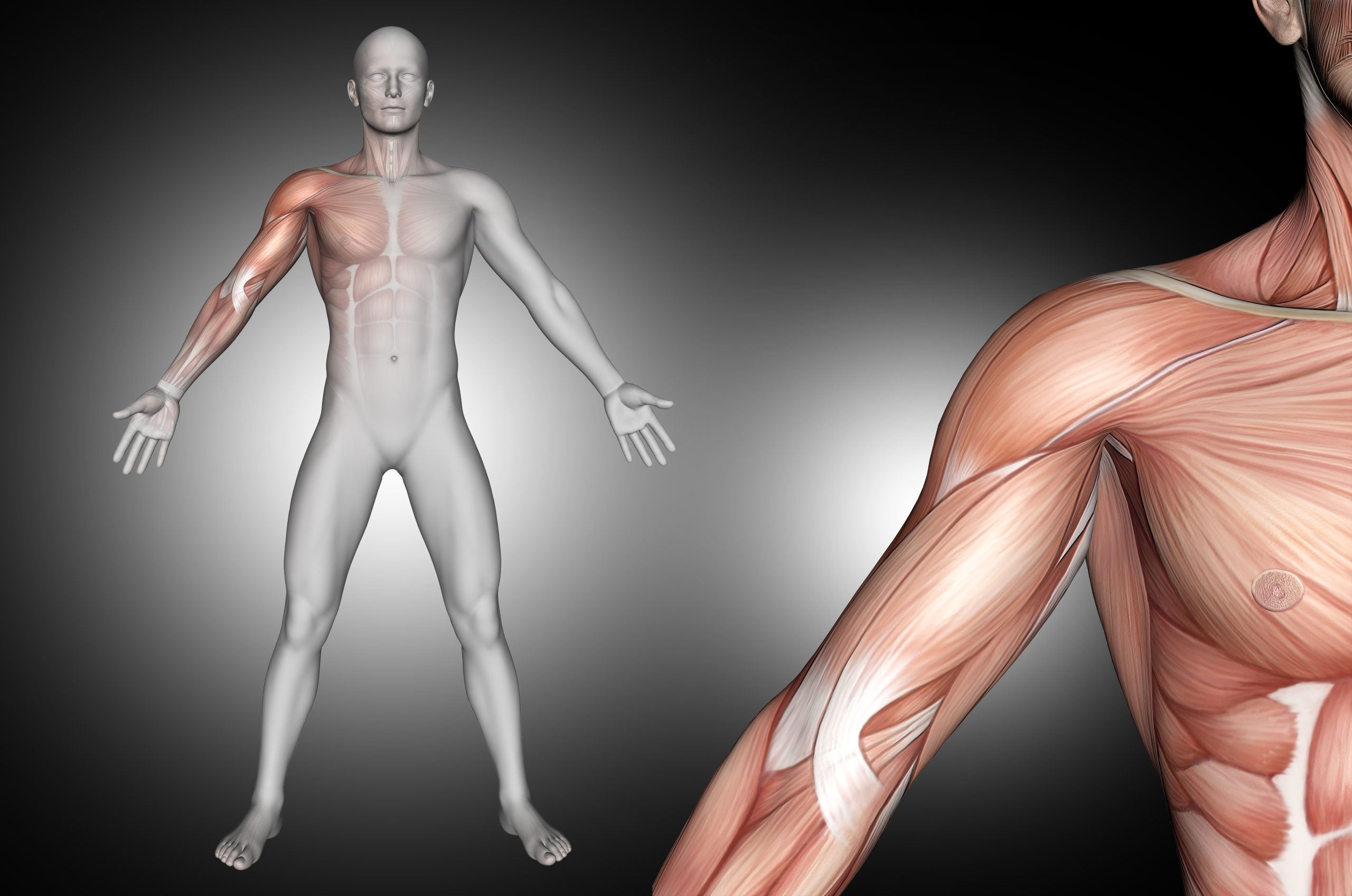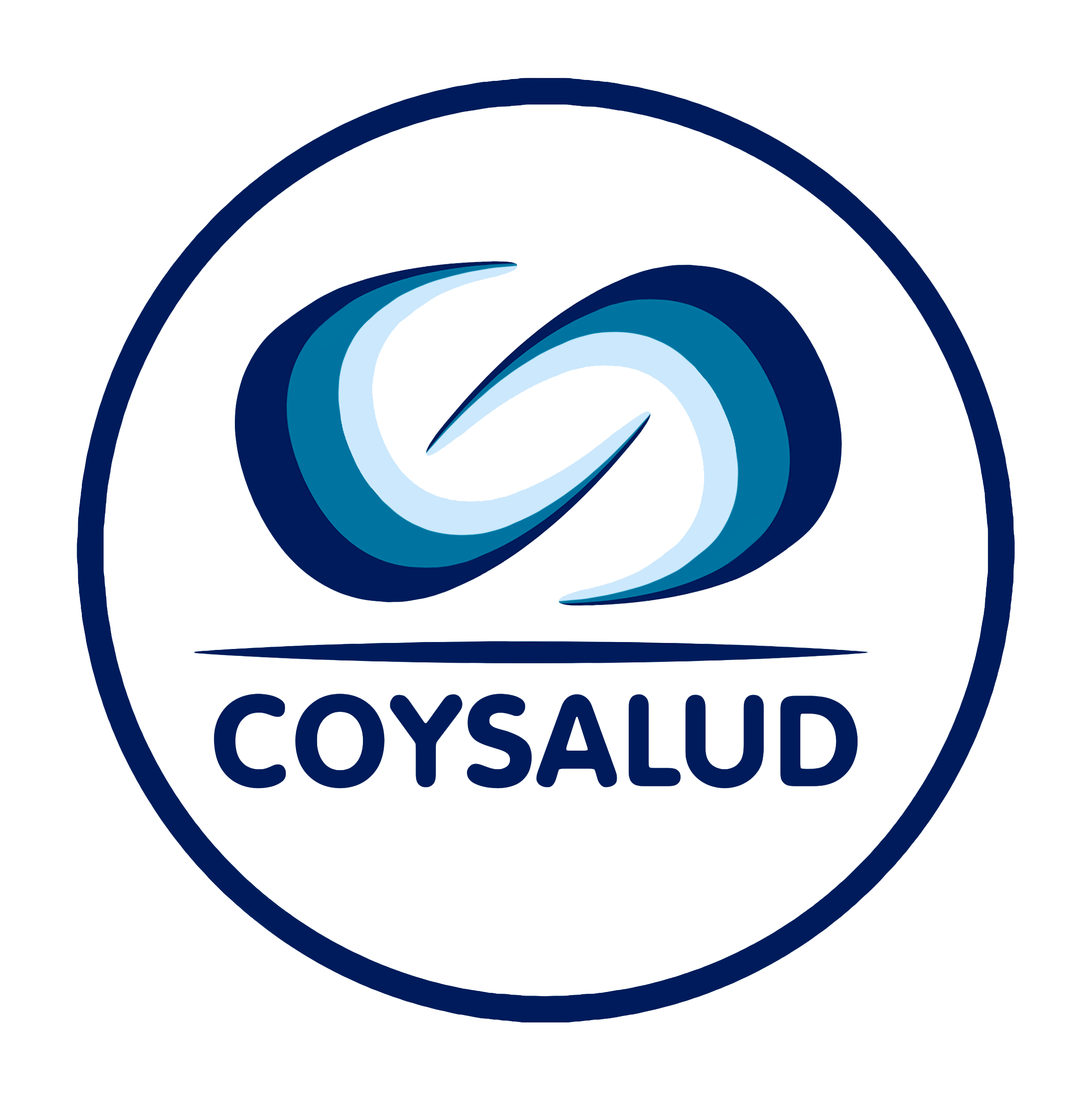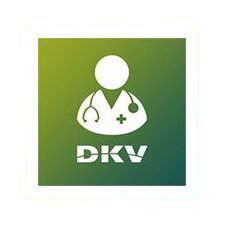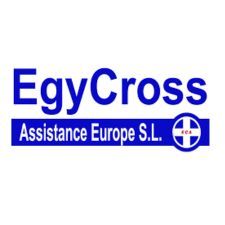
Headache and Migraines
Headaches are one of the most common ailments that affect almost everyone at least once in their lives. Sometimes they become so frequent and irritating that professional help is needed. Headaches can be primary (when they are the main disease) or secondary (when they indicate another underlying disease). The most typical primary headaches are:
- Migraine. It is usually accompanied by other symptoms such as nausea or vomiting, hypersensitivity to sound (phonophobia), light (photophobia), smells or movement. It is a disabling pain, which often requires pharmacological treatment.
- Tension headache. Pain less intense than a migraine, but sometimes with similar characteristics. It is described as a sensation of pressure or a ring around the head.
- Trigeminal neuralgia. Severe paroxysmal headaches accompanied by other autonomic symptoms such as tearing or reddening of the eyes, vision problems, runny or stuffy nose.

Neuromuscular Diseases
Neuromuscular diseases cover a very broad group of diseases, including fairly common diseases such as myasthenia gravis or neuropathies, but also rarer diseases such as spinal muscular atrophy (SMA), Duchenne muscular dystrophy (DMD), amyotrophic lateral sclerosis (ALS) and even ultra-rare diseases such as some congenital myopathies. The most important symptoms of these diseases are often loss of strength or sensation, muscle pain or atrophy, and difficulty swallowing or speaking. Sometimes the first symptom is blood test results, especially high levels of transaminases or CK.

Other Neurological Pathologies
Other very common reasons for consulting a neurologist are:
- memory problems – which may indicate the onset of Alzheimer’s disease or another type of dementia
- movement disorders, tremors, involuntary movements, stiffness – which may indicate Parkinson’s disease
- conditions such as epilepsy, multiple sclerosis
- balance problems or dizziness
- chronic pain

Diagnosis and Treatment in Neurology
In the neurological consultation, a detailed medical interview and a neurological examination are carried out in order to define the disease and locate the lesion. Depending on the pathology, pharmacological treatment, manual therapies with physiotherapists, acupuncture or consultations with other specialists (neurosurgeon, cardiologist, pulmonologist, otorhinolaryngologist, etc.) may be necessary.
The most frequent complementary tests are
- Computed tomography (CT) or magnetic resonance imaging (MRI) of the brain with or without contrast
- Arterial Doppler
- neurophysiological tests: electroencephalogram (EEG), electromyography (EMG), evoked potentials (VEP, BAEP, etc.)
- blood tests, antibodies, genetic tests
Make an appointment



























